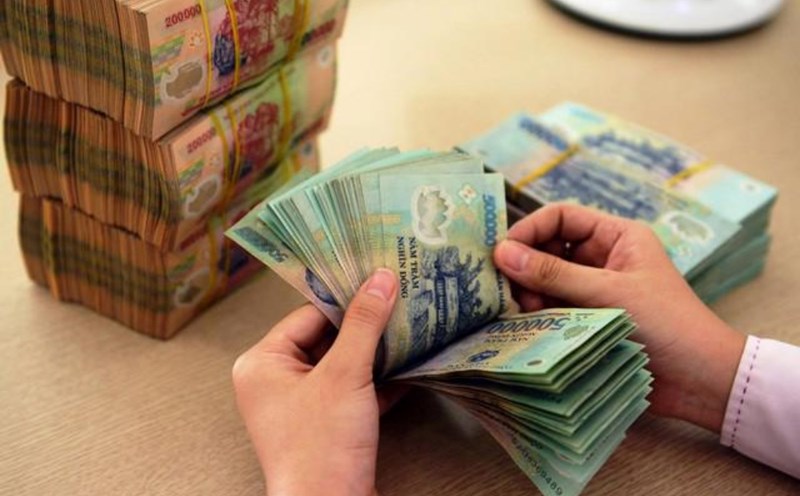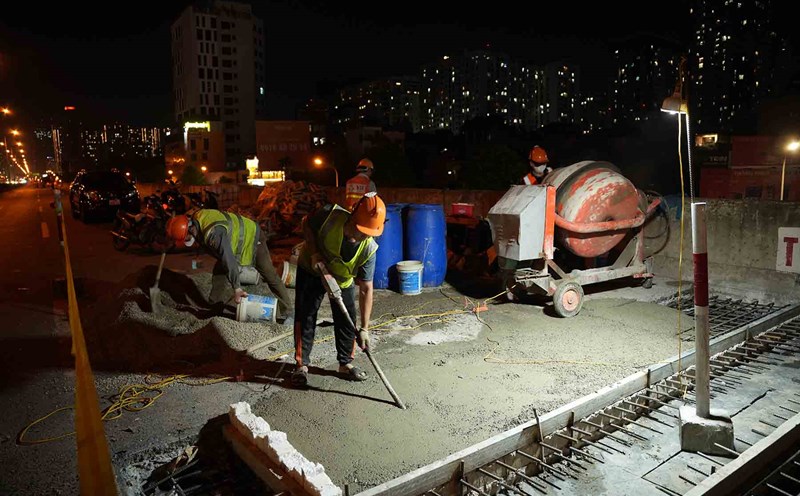Informing about the roadmap to extend the credit room according to the Prime Minister's Directive, at the regular press conference for the second quarter of 2025, Director of the State Bank's monetary policy department (SBV) Pham Chi Quang said that during the period of loose monetary policy (phase 2005 2010 - PV), credit growth increased rapidly, with some periods increasing by 54%, due to such a rapid credit growth rate, during that period many credit institutions stood on the brink of bankruptcy.
To maintain an unbroken credit system, since 2012, the SBV has maintained a credit room and the application of a credit room has played a positive role in helping sustainable economic growth and controlling inflation.
However, according to Mr. Quang, no solution is permanent and the SBV sees this as an administrative solution that needs to be changed. In 2025, the SBV has removed credit rooms for foreign banks, non-bank credit institutions, etc. Thus, the application of credit rooms only applies to commercial banks. Mr. Quang said that this is the stage in the roadmap to remove the assignment of credit growth targets to credit institutions.
Mr. Quang noted that the difficulties of the credit system still exist. To move towards removing credit room, the SBV will have solutions that are suitable to the actual conditions of Vietnam, how to simultaneously stabilize the macro and control inflation.
The Director of the monetary policy department said that international credit institutions have made recommendations and solutions to help us achieve the goal in parallel. When removing credit room, the new policy of the SBV needs to achieve a very high level of initiative in management.
Further affirming, Mr. Quang said that the SBV is studying and assessing the policy very carefully to remove credit room in the coming time.
Updated further on the allocation of credit capital for priority sectors, Mr. Quang said: Credit for the agricultural and rural sectors increased by 5.31% compared to the end of 2024 and accounted for 23.16% of outstanding credit of the economy (the same period in 2024 increased by 2.57% compared to the end of 2023; end of 2024 increased by 11.27% compared to the end of 2023).
In particular, credit for the high-tech agricultural sector decreased by 4.07% compared to the end of 2024, accounting for 0.64% of outstanding loans for the agricultural and rural sectors;
Credit for employees increased by 5.71% compared to the end of 2024, accounting for 17.51% of outstanding credit of the economy (the same period in 2024 decreased by 0.15% compared to the end of 2023; at the end of 2024, increased by 10.69% compared to the end of 2023);
Export credit (excluding investment in corporate bonds) increased by 2.91% compared to the end of 2024, accounting for 2.06% of outstanding credit of the economy (the same period in 2024 decreased by 0.89% compared to the end of 2023; the end of 2024 increased by 8.42% compared to the end of 2023);
Credit in the supporting industry sector increased by 15.69% compared to the end of 2024, accounting for 3.24% of outstanding credit in the economy (the same period in 2024 increased by 9.67% compared to the end of 2023; end of 2024 increased by 24.72% compared to the end of 2023);
High-tech business credit increased by 17.59% compared to the end of 2024, accounting for 0.43% of outstanding credit of the economy (the same period in 2024 increased by 18.16% compared to the end of 2023; the end of 2024 increased by 34.2% compared to the end of 2023).











